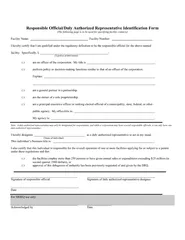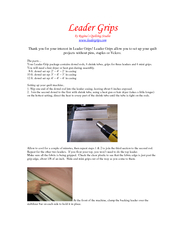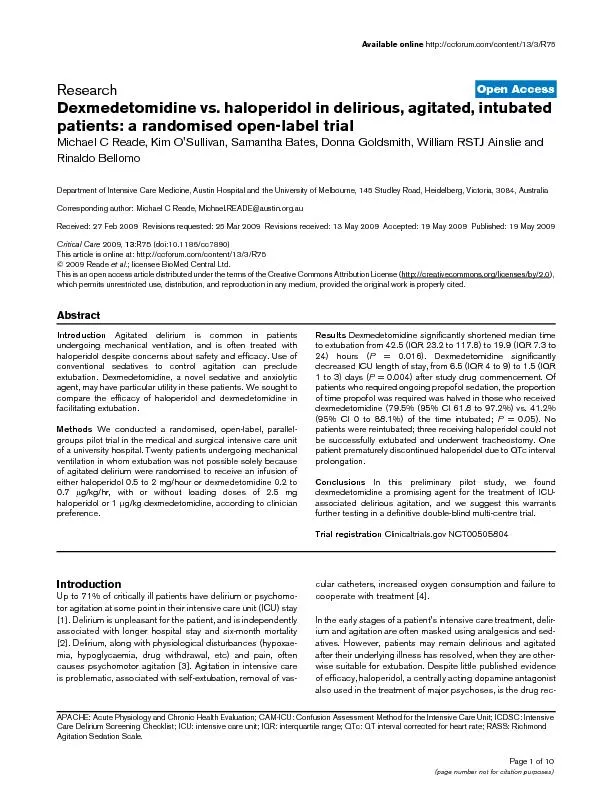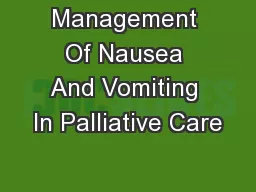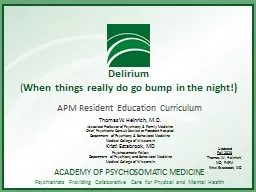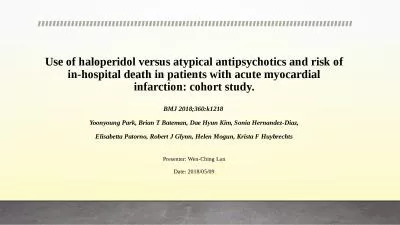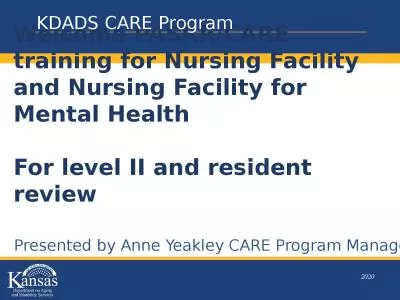PPT-The Facility Won’t Allow Haloperidol!
Author : aaron | Published Date : 2019-11-07
The Facility Wont Allow Haloperidol How to confidently manage dementiarelated behaviors in a redtape environment KRISTIN SPEER PHARMD BCPS HOSPICE amp PALLIATIVE
Presentation Embed Code
Download Presentation
Download Presentation The PPT/PDF document "The Facility Won’t Allow Haloperidol!" is the property of its rightful owner. Permission is granted to download and print the materials on this website for personal, non-commercial use only, and to display it on your personal computer provided you do not modify the materials and that you retain all copyright notices contained in the materials. By downloading content from our website, you accept the terms of this agreement.
The Facility Won’t Allow Haloperidol!: Transcript
Download Rules Of Document
"The Facility Won’t Allow Haloperidol!"The content belongs to its owner. You may download and print it for personal use, without modification, and keep all copyright notices. By downloading, you agree to these terms.
Related Documents


